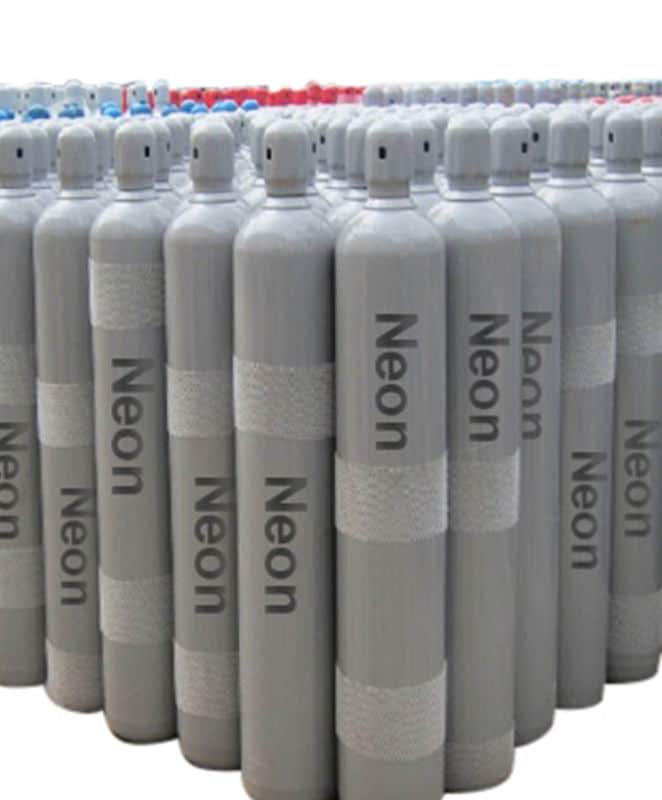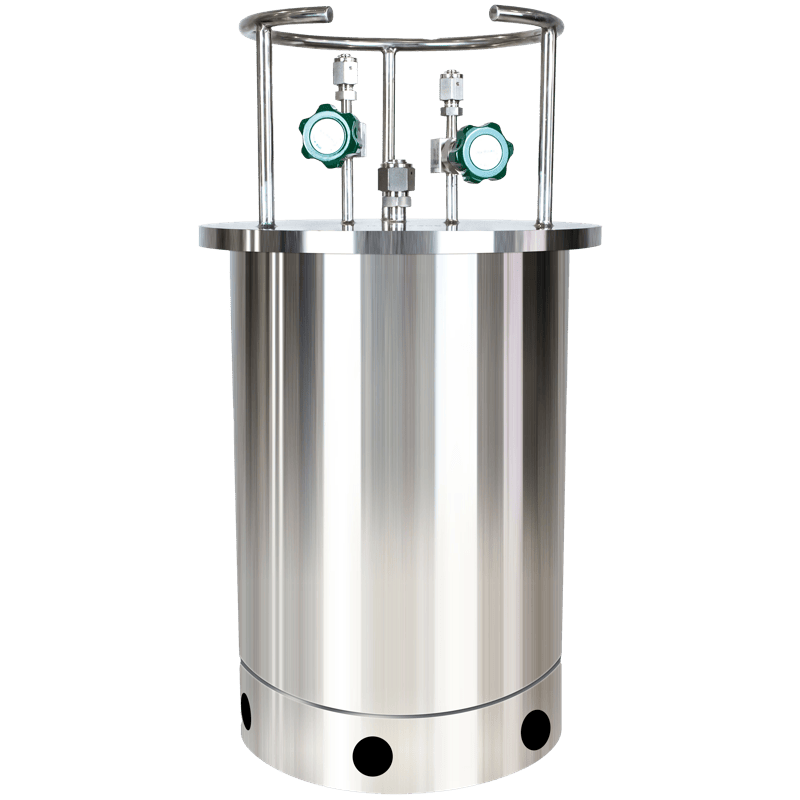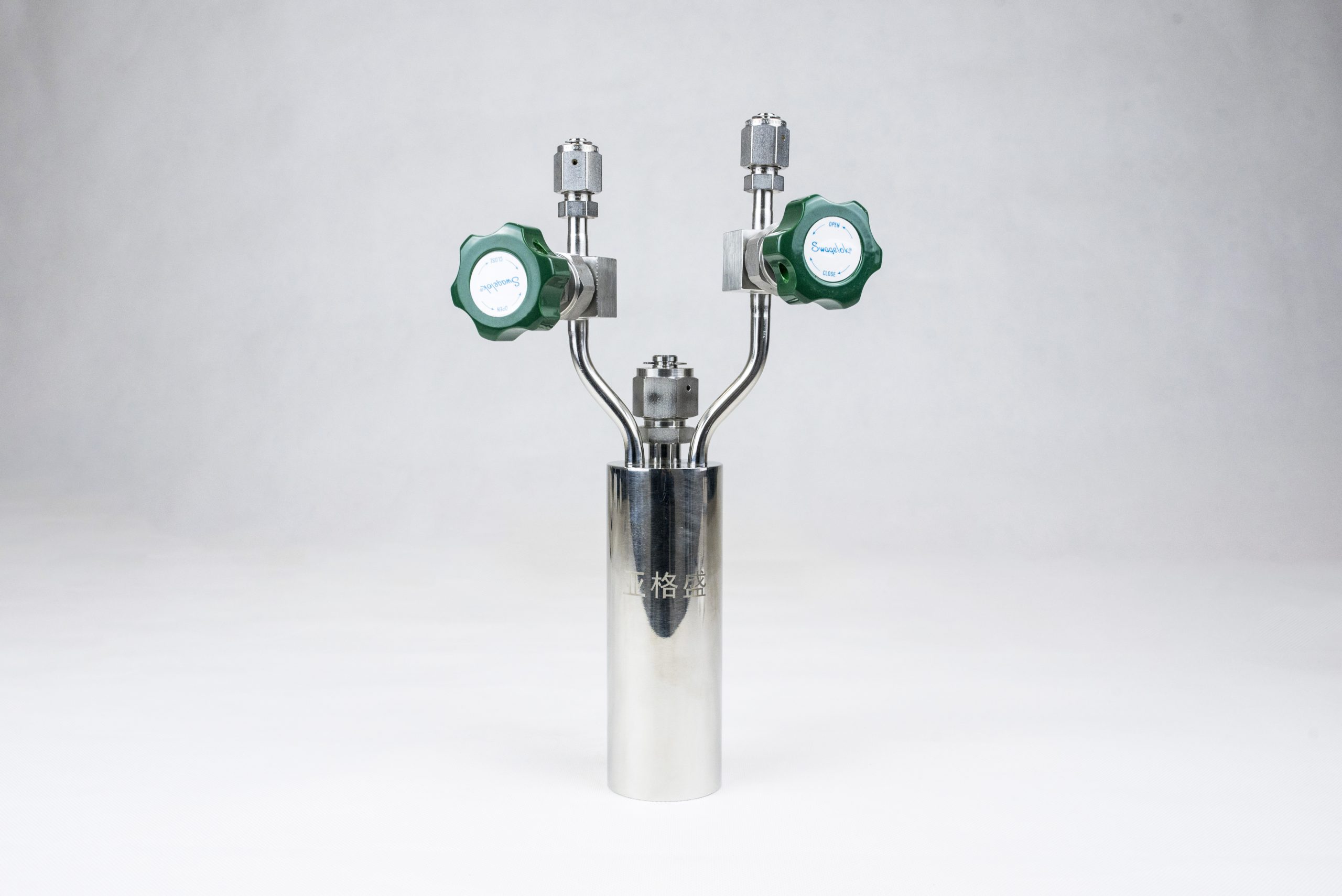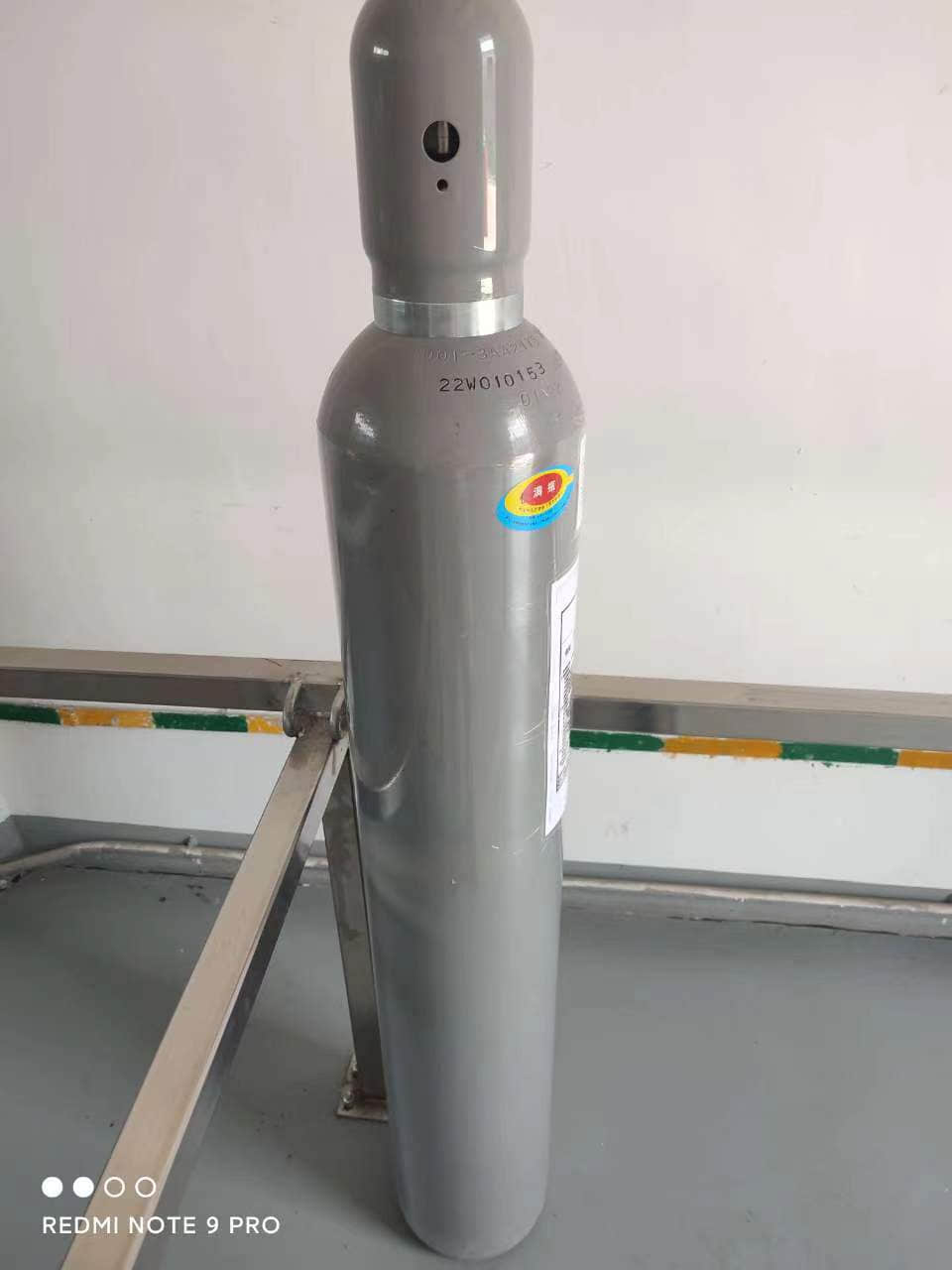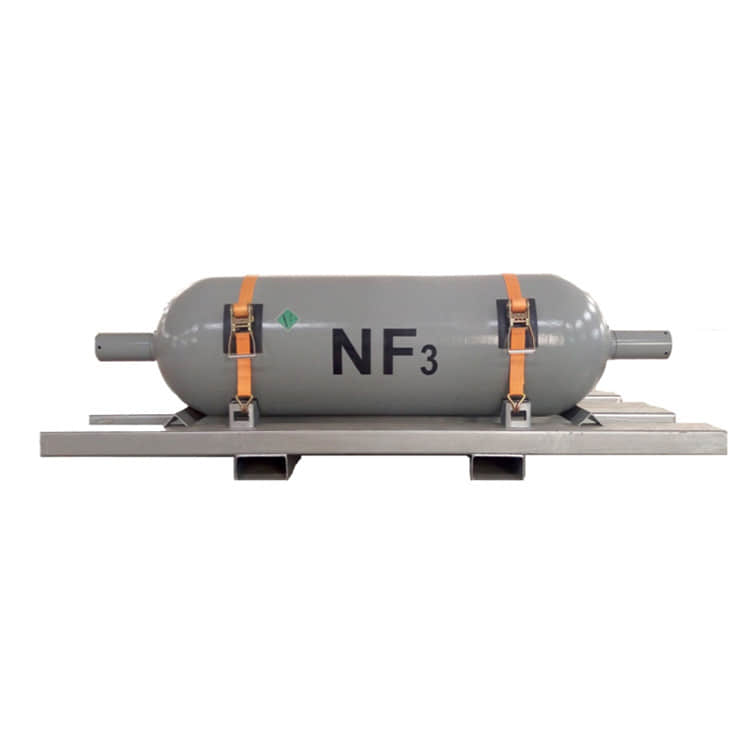Neon Molecular weight: 20.18 Melting point: 24.55K,-248.6℃ Boiling point, 101.325kPa: 27.09K, -246.06℃ Critical temperature: 44.4K, -228.75℃ Critical pressure: 2.65MPa, 26.53bar Critical volume: 41.7cm³/mol Used for neon lights, mercury lamps, insulation detectors, high frequency electroscopes, plasma research, lasers, etc., used as low temperature coolant, standard gas, special mixture, etc. It is also used in high energy physics research, filling the spark chamber with neon to detect the path of particles; It produces a beautiful blue light when mixed with argon, and can also be used to fill mercury lamps and sodium vapor lamps. Liquid neon is also used as a refrigerant. In addition, neon gas is widely used as a protective gas in industrial and scientific fields, and high-purity neon gas can be used as a protective gas for metal welding to prevent metal oxidation. In addition to the above applications, neon can also be used in fields such as laser technology and low-temperature coolants. In short, neon is a rare gas with various application values, playing an important role in industrial and scientific research fields.
Density 0.9002 (0 º C)
Boiling point -245.9 º C
Melting point -248.67 º C
Molecular formula Ne
Molecular weight 20.17970
Flash point none
Accurate quality 19.99240
Appearance: Colorless and odorless gas
Steam density 0.7 (21 ° C, vs air)
Storage conditions
Storage precautions: Store in a cool and ventilated non combustible gas dedicated warehouse. Keep away from sparks and heat sources. The temperature of the warehouse should not exceed 30 ℃. It should be stored separately from combustible materials and should not be mixed for storage. The storage area should be equipped with emergency response equipment for leaks.
Stability
1.When conducting low voltage discharge, a very obvious emission spectrum line is displayed in the red section. Very inactive, does not burn, nor does it support combustion. Liquid neon has the advantages of low boiling point, high latent heat of evaporation, and safe use.
2. Stability and stability
3. Polymerization hazard: non polymerization
Boiling point -245.9 º C
Melting point -248.67 º C
Molecular formula Ne
Molecular weight 20.17970
Flash point none
Accurate quality 19.99240
Appearance: Colorless and odorless gas
Steam density 0.7 (21 ° C, vs air)
Storage conditions
Storage precautions: Store in a cool and ventilated non combustible gas dedicated warehouse. Keep away from sparks and heat sources. The temperature of the warehouse should not exceed 30 ℃. It should be stored separately from combustible materials and should not be mixed for storage. The storage area should be equipped with emergency response equipment for leaks.
Stability
1.When conducting low voltage discharge, a very obvious emission spectrum line is displayed in the red section. Very inactive, does not burn, nor does it support combustion. Liquid neon has the advantages of low boiling point, high latent heat of evaporation, and safe use.
2. Stability and stability
3. Polymerization hazard: non polymerization
Precautions for operation:
Closed operation. Closed operation, providing good natural ventilation conditions. Operators must undergo specialized training and strictly adhere to operating procedures. Prevent gas leakage into the air of the workplace. Keep away from flammable and combustible materials. During transportation, load and unload with care to prevent damage to steel cylinders and accessories. Equipped with leakage emergency response equipment.
Storage precautions:
Store in a cool and ventilated warehouse. Keep away from sparks and heat sources. The temperature of the warehouse should not exceed 30 ℃. It should be stored separately from combustible materials and should not be mixed for storage. The storage area should be equipped with emergency response equipment for leaks.
Closed operation. Closed operation, providing good natural ventilation conditions. Operators must undergo specialized training and strictly adhere to operating procedures. Prevent gas leakage into the air of the workplace. Keep away from flammable and combustible materials. During transportation, load and unload with care to prevent damage to steel cylinders and accessories. Equipped with leakage emergency response equipment.
Storage precautions:
Store in a cool and ventilated warehouse. Keep away from sparks and heat sources. The temperature of the warehouse should not exceed 30 ℃. It should be stored separately from combustible materials and should not be mixed for storage. The storage area should be equipped with emergency response equipment for leaks.
Emergency response:
Quickly evacuate personnel from the contaminated area to the windward area, isolate them, and strictly restrict entry and exit. It is recommended that emergency personnel wear self-contained positive pressure respirators and general work clothes. Cut off the source of leakage as much as possible. Reasonable ventilation to accelerate diffusion. If possible, use immediately. Leaking containers should be properly handled, repaired, and inspected before reuse.
Quickly evacuate personnel from the contaminated area to the windward area, isolate them, and strictly restrict entry and exit. It is recommended that emergency personnel wear self-contained positive pressure respirators and general work clothes. Cut off the source of leakage as much as possible. Reasonable ventilation to accelerate diffusion. If possible, use immediately. Leaking containers should be properly handled, repaired, and inspected before reuse.

